Digital x-rays, also known as digital radiography, are the latest in dental x-ray technology. Digital x-rays use a digital image device, instead of x-ray film. This technique saves time, as there is no need to develop film, and produces images with higher resolution than standard dental x-ray machines. Digital x-rays also emit lower levels of radiation as images are produced electronically.
Digital x-rays can be used to detect abscesses, malignant or benign masses, bone loss, and cavities that are not visible during a visual examination. These x-rays are safe and effective for both adults and children; however it is wise to speak with your dental professional if you are pregnant or nursing before proceeding with digital x-rays.
Dental radiographs (x-rays) are essential, preventative, diagnostic tools that provide valuable information not visible during a regular dental exam. Dentists and dental hygienists use this information to safely and accurately detect hidden dental abnormalities and complete an accurate treatment plan. Without x-rays, problem areas may go undetected.
Dental x-rays may reveal:
- Abscesses or cysts
- Bone loss
- Cancerous and non-cancerous tumors
- Decay between the teeth
- Developmental abnormalities
- Poor tooth and root positions
- Problems inside a tooth or below the gum line
Finding and treating dental problems at an early stage can save you time, money, unnecessary discomfort, and your teeth!
Are dental x-rays safe?
We are all exposed to natural radiation in our environment. The amount of radiation exposure from a full mouth series of x-rays is equal to the amount a person receives in a single day from natural sources.
Dental x-rays produce a low level of radiation and are considered safe. At our office we take necessary precautions to limit your exposure to radiation when taking dental x-rays. We use lead apron shields to protect your body and also modern, fast film that reduces exposure time.
How often should dental x-rays be taken?
The need for dental x-rays depends on your individual needs. Your dentist and dental hygienist will recommend necessary x-rays based on your medical and dental history, dental exam, signs and symptoms, age consideration, and risk for disease.
A full mouth series of dental x-rays is recommended for new patients and is usually good for three to five years. Bite-wing x-rays (x-rays of top and bottom teeth biting together) are taken at recall (check-up) visits and are recommended once or twice a year to detect any new dental problems.

